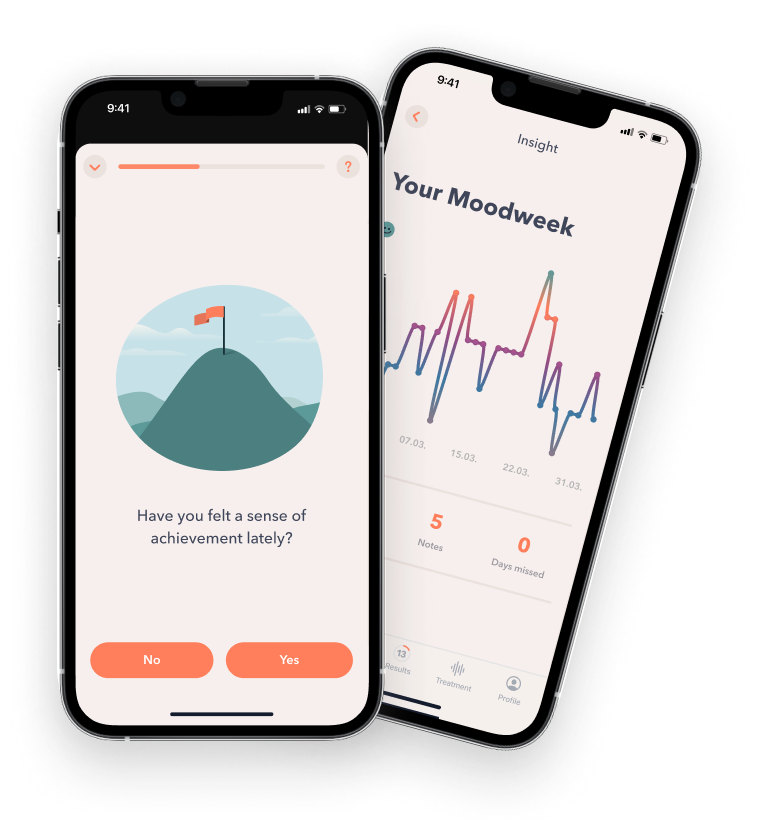Insight
Living with Bipolar Disorder: A Life between Two Extremes
What do we know about bipolar disorder, or as it is sometimes called: “manic depression”?
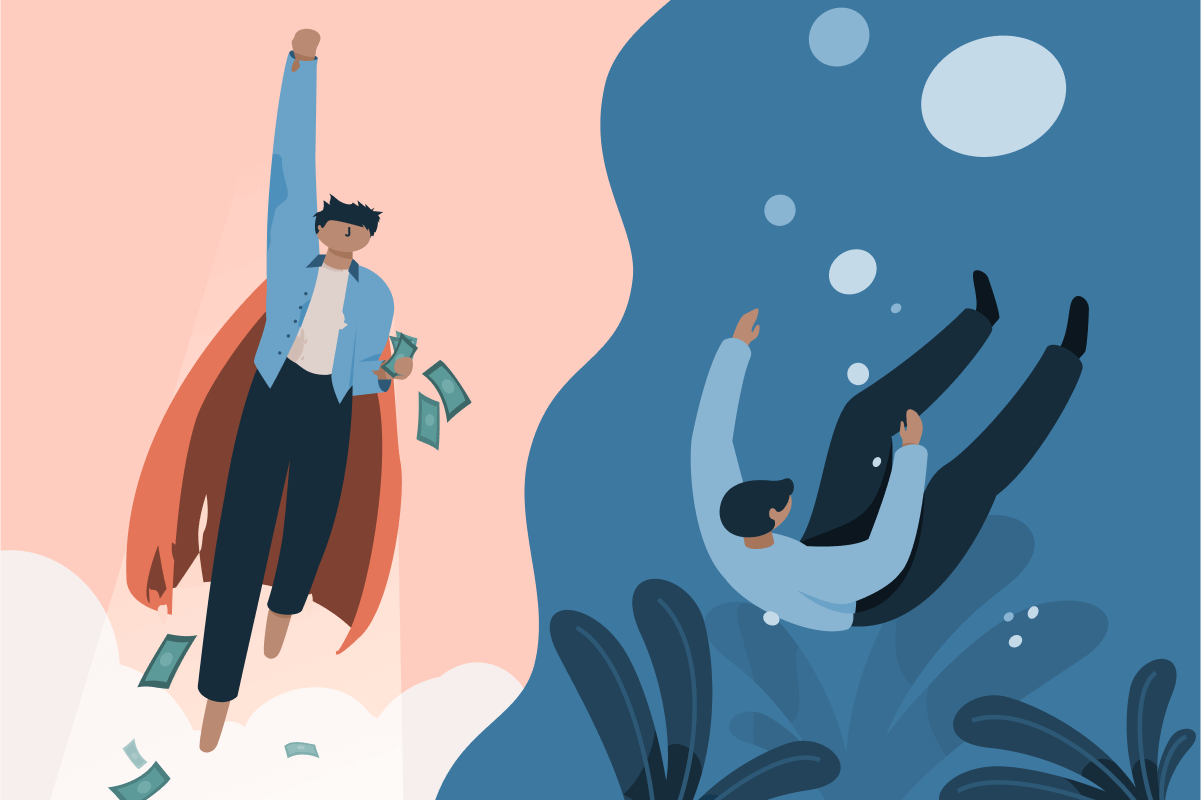
The ups and downs make an organized life difficult
For people with bipolar disorder, high moods are way up in the sky, and lows are like the deepest of pits. Those affected by bipolar disorder, struggle primarily with a so-called “mood disorder” and a change in their activity level. Bipolar disorder is characterized by two episodes that could not be more contradictory.
Sometimes, the mood is clearly elated, affecting also their drive and activity. Other times, however, are marked by the absolute opposite: Mood, drive and activity sink drastically and alarmingly.
For roughly 3 million Americans these ups and downs are so extreme that a structured life is hardly possible. Bipolar states are more than just an “emotional roller coaster”: The emotional world of a person with bipolar disorder is very extreme. What the bipolar state feels like is difficult to put into words. Here, an attempt:
The euphoric, but deceptive, rush
When inside a manic episode, anything seems possible. Those affected feel euphoric, uninhibited and have the feeling that they can achieve anything. Sleep is often unthinkable: Many of those affected report that they don’t sleep at all for days on end. A manic episode is often also accompanied by an increased desire for sex. Affected people compare the manic state to the feeling of being on drugs, which isn’t that surprising: During the “high phase” of bipolarity, the brain is supplied with an excess of neurotransmitters such as dopamine – the identical effect many drugs have on the brain.
A closer look reveals: This euphoric “intoxication” has a dark side. During a manic episode, those affected often behave inappropriately and recklessly. They are impulsive and say or do whatever pops into their head. Since thoughts are literally “racing” during a manic episode, the persons’ behavior and claims seems confusing and strange to outsiders. This often results in conflict and in extreme cases maybe even the loss of a job or an apartment.
In this rush of the manic episode, many of those affected spend too much money on things they don’t need or can’t even afford. And later, all of this can have far-reaching consequences for the lives of those affected. Some damage cannot be repaired. Relationships suffer or are even destroyed, financial damage can no longer be reversed.
In some cases, there are also psychotic symptoms – a strong distortion of perception. For example, people can develop hallucinations in which they hear voices or see things that do not exist. Some experience paranoid ideas – fears that someone might pursue them or that someone has conspired against them. When these psychotic symptoms occur, the thinking and behavior of people in mania often seems bizarre and strange to others.
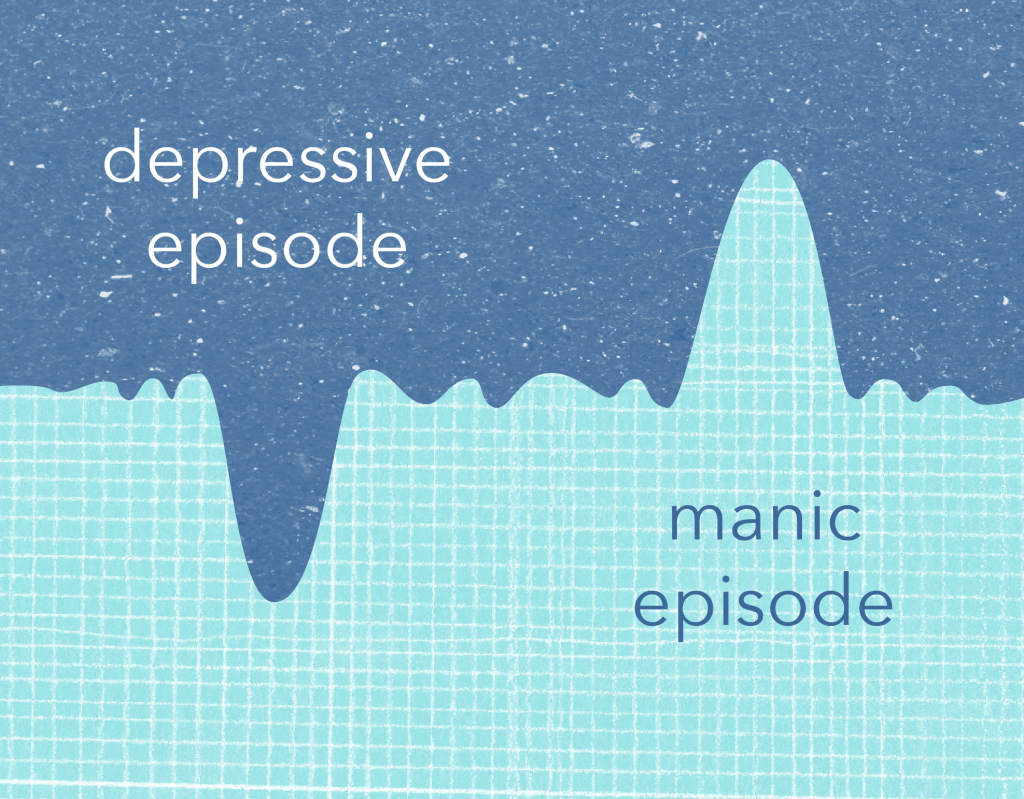
The deepest of pits follows the mania
The other extreme of bipolar disorder is the depressive episode: The world is covered in a grey veil and those affected experience a lack of energy and drive, severe pessimism and a depressed mood. The correct term to what people generally call “depression”, is in fact the depressive episode. Those diagnosed with bipolar disorder, experience the exact same symptoms of depression as someone struggling with depression. However, in addition, they have also experienced the contrary – the so-called manic episode.
It is after the manic episode, that many of those affected become aware of the consequences of their actions. This can lead to additional stress and severe feelings of guilt.
Manic and depressive episodes can follow each other seamlessly. Others, however, can live for years without experiencing any symptoms in between their episodes.
The importance of friends and family for bipolar disorder
Breaking with friends and relatives often marks the manic episode. Especially in the manic phase, the social network is particularly important for those affected. Close relatives, whether family members or good friends, play an important role in recognizing early signs of manic or depressive episodes.
Especially at the beginning of a manic episode many may lack insight into their own disorder, so that they often don’t seek early professional support on their own initiative. Being attentive to changes in behavior and thinking plays a decisive role. If a new manic episode announces itself, familiar people can have an effect, for example by drawing the person’s attention and offering to involve professional help. The earlier those affected receive help in a manic phase, the sooner dangerous behavior and negative consequences can be prevented.
Self-observation and self-control is the best weapon
Bipolar disorders represent an enormous burden and risk for those affected. The suicide rate is 10 to 15 times higher than in the general population. That’s why it’s so important that those affected seek professional help! In many cases a combination of psychotherapy and medical support is recommended, and can improve the quality of life tremendously.
Self-observation in the form of a mood diary, for example, can help to stay one step ahead of a commencing episode. With the right professional help, the quality of life can be maintained.

Myths and Facts: What makes a relationship healthy?
This article delves into what a healthy relationship looks like, debunking some common myths along the way.

Introversion, shyness, social anxiety disorder—what are the differences?
“Everything okay with you? You’re so quiet!” “Why didn’t you go to the party?” “Why don’t you come out of your shell?” Do these phrases sound familiar to you? If so, you may be an introverted person or shy—or both. But what is the difference between introversion and shyness?
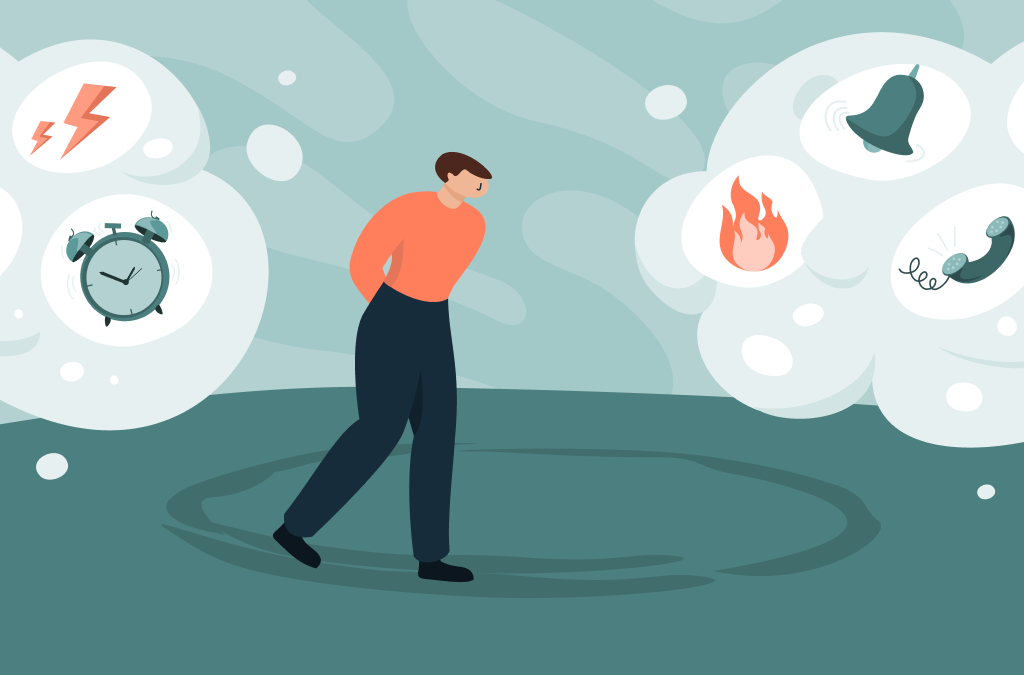
Looping Thoughts: Questions and Answers on the Subject of Rumination
Every person has thousands of thoughts running through their head every day. For some, this means getting tangled up in looping and repeating thoughts. In this article, we answer the most important questions about rumination.
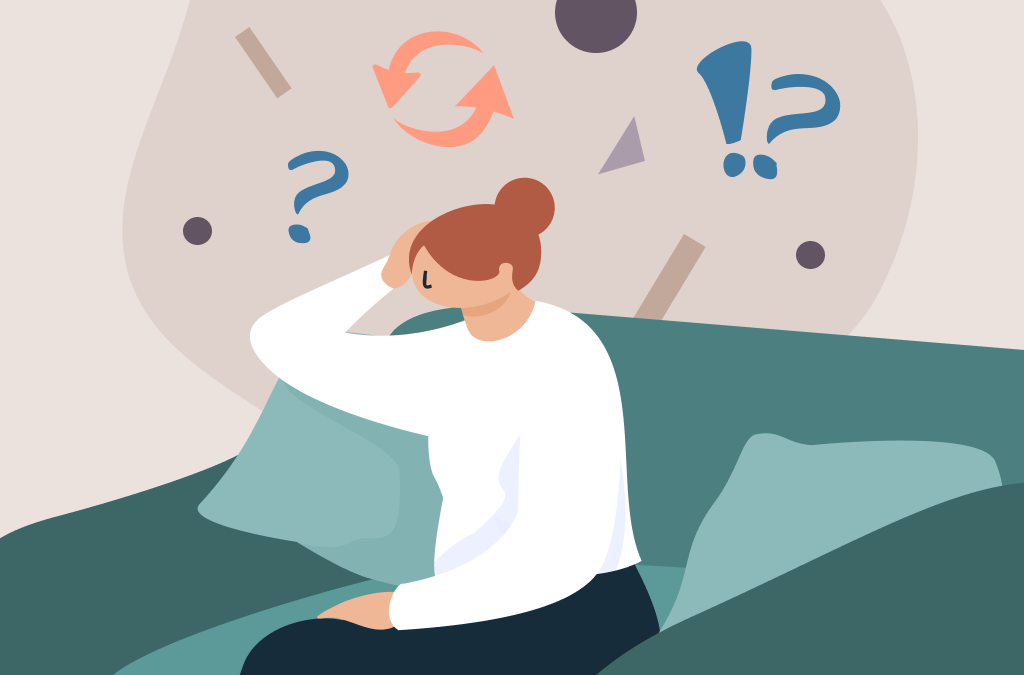
Common Concerns to Starting Therapy, Debunked
Psychotherapy—yes, no, maybe . . .? People hesitate to start therapy for a variety of reasons, not the least of which is insecurity and fear. This article takes a look at some of the common thoughts people have that delay or push off therapy indefinitely.



